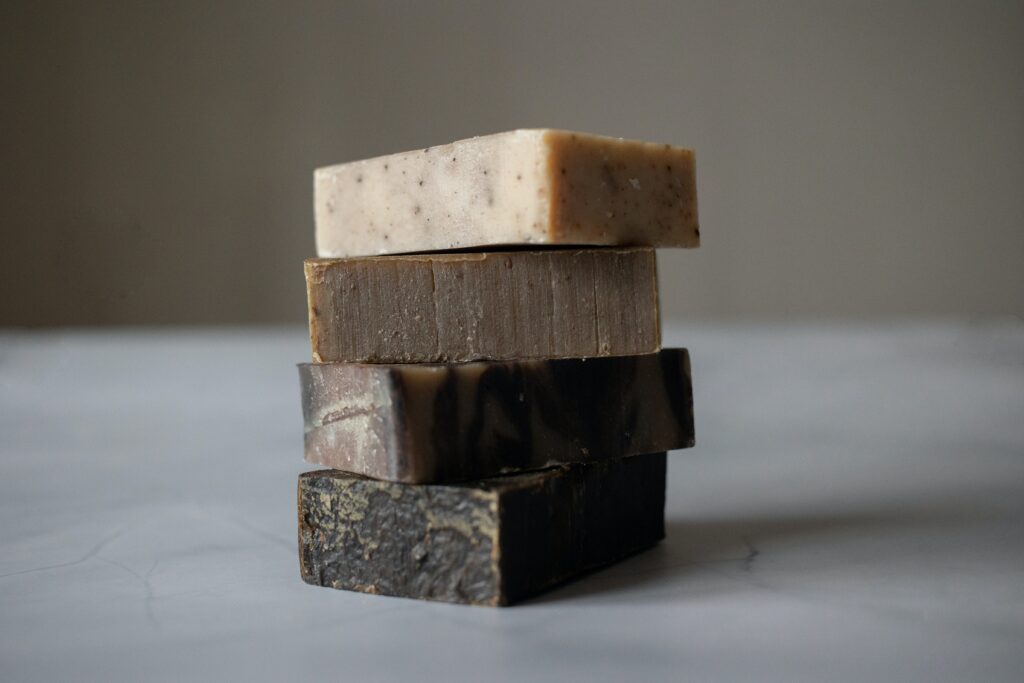1
Use eco-responsible products
The first tip for switching to an eco-responsible skincare routine is to focus on eco-responsible products. Look for brands that use natural and sustainable ingredients, recyclable packaging and avoid animal testing. Check labels and do your research to make sure the brands you buy are genuinely eco-responsible.
2
Opt for multifunctional products
Another tip is to opt for multi-purpose products. Using a single product for several uses can reduce the number of products you buy and use, and therefore reduce your environmental impact.
For example, use a face and body oil.
3
Avoid single-use products
Single-use products such as make-up removal pads, cleansing wipes or eye patches are very practical, but they are also very bad for the environment. They are often made from non-recyclable materials and are thrown away after just one use. As far as possible, avoid these single-use products and opt instead for reusable alternatives such as cloth wipes.


